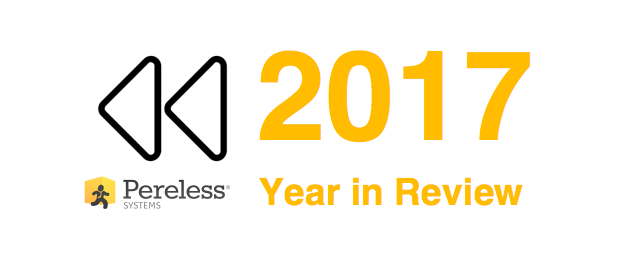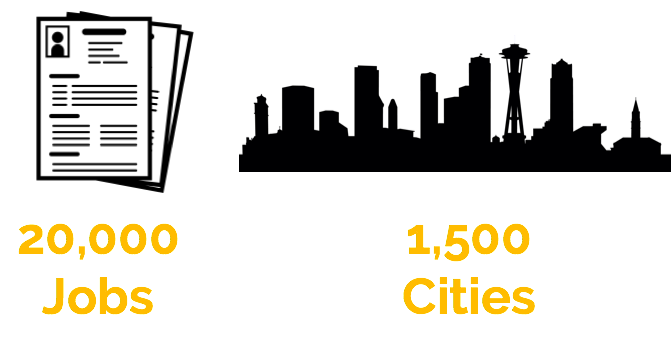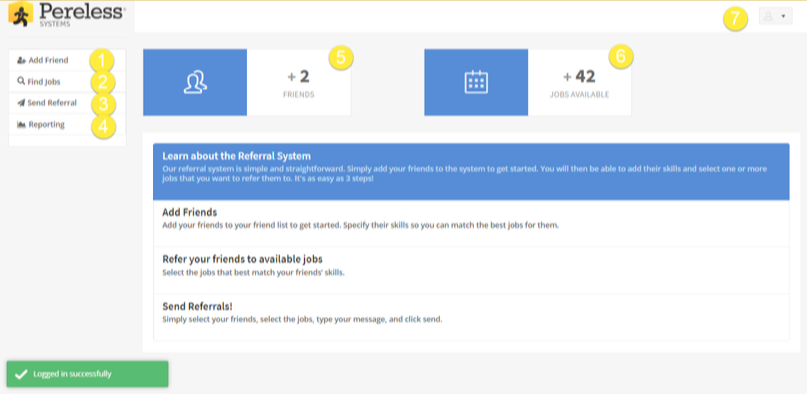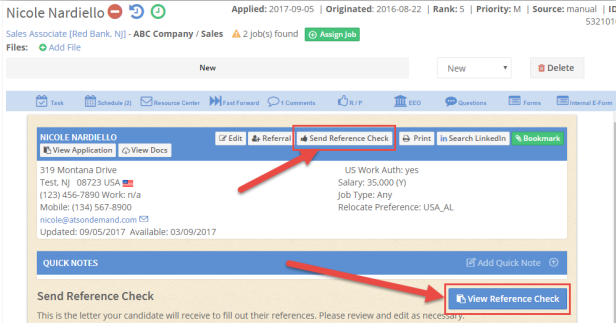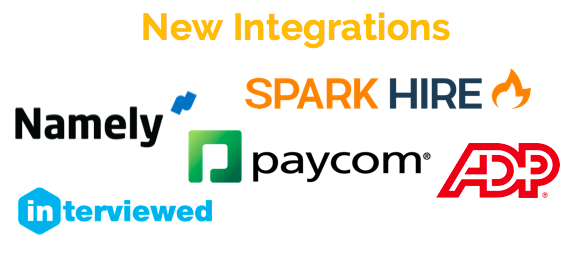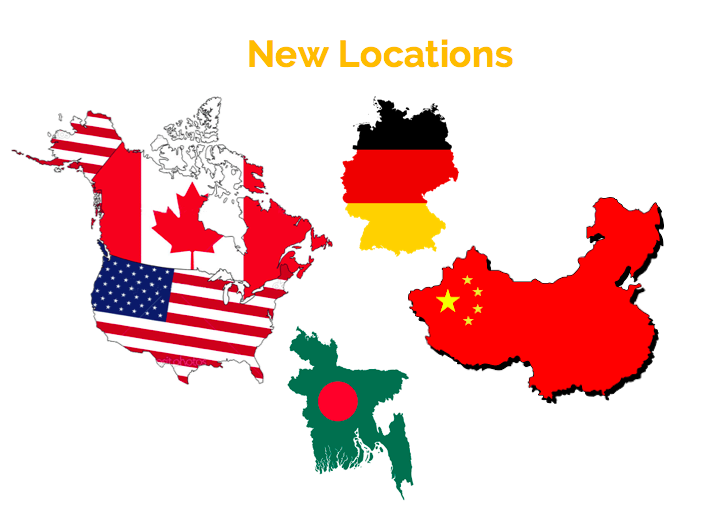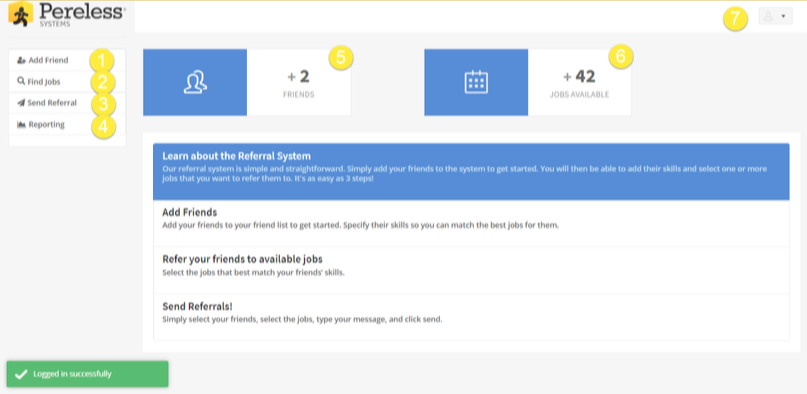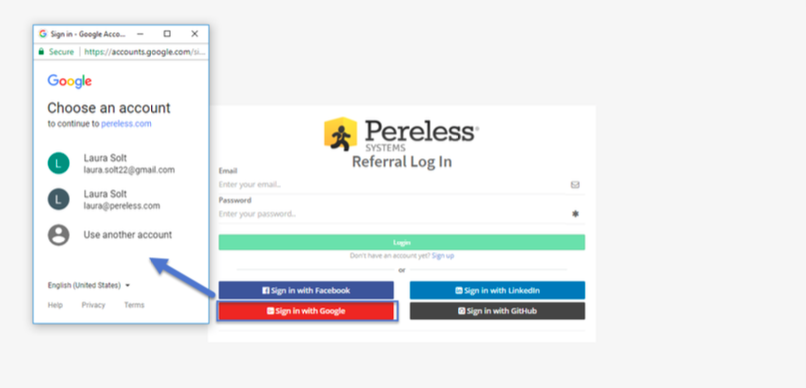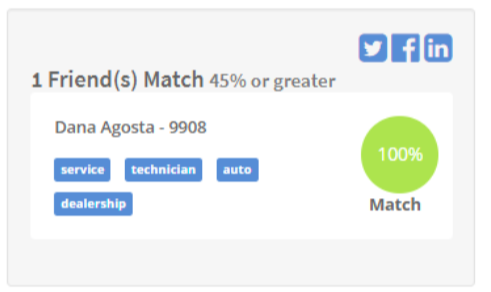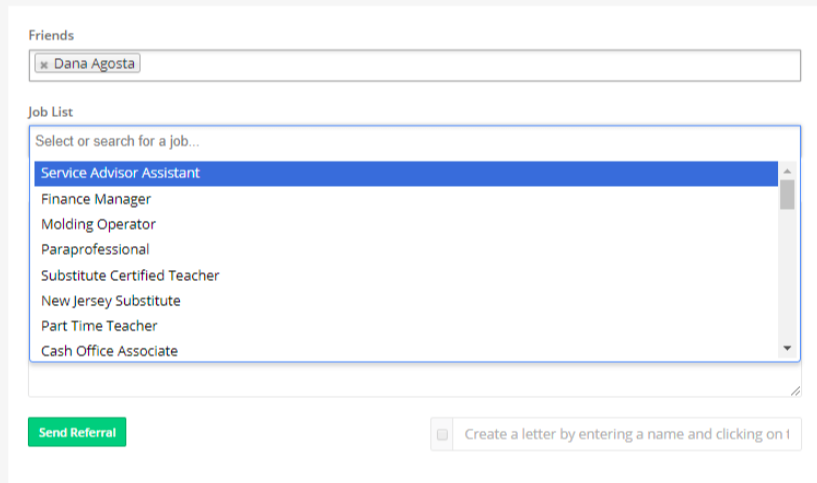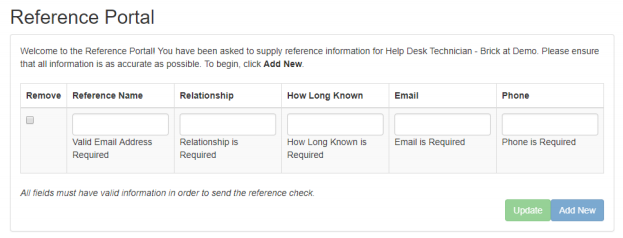Pereless Systems builds all career pages and applications mobile-responsive. New clients get their first 5,000 text messages free! Request a demo today.
According to a Glassdoor survey, 9 in 10 job seekers report they’re likely to use a mobile device during their job search in the next 12 months. Once you ensure a mobile friendly application, don’t lose applicants after they press submit.
Text Your Job Candidates
Utilize text messaging for easy communication as well as interview scheduling. An estimated 77% of Americans own a smart device and use it to text twice as much as calling someone.
Making communication easy and convenient for both recruiters and candidates is an effective way to get things done quicker while creating a positive and innovative experience.
The Pereless platform is equipped with SMS text message functionality allowing hiring teams to contact candidates on their mobile device. Use the ATS to instantly send a text using a generic phone number to introduce yourself to applicants, ask additional questions, and send interview invites.
All conversations are stored within the ATS and can be accessed at any time.
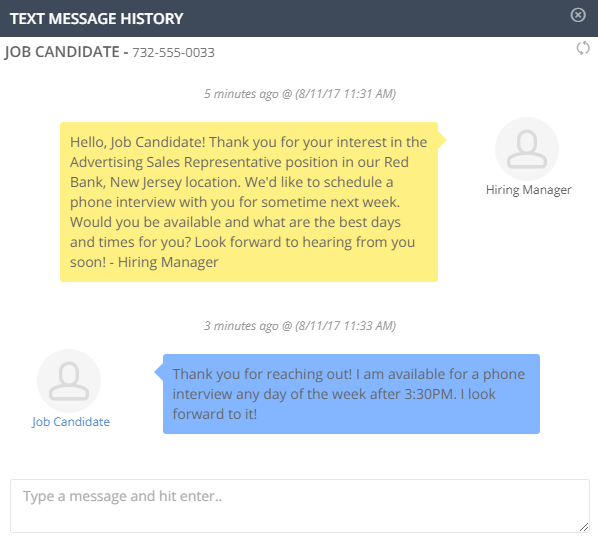
Pereless Systems text message functionality
Send Interview Invites Based on Schedule Availability
One of the major benefits of an applicant tracking system is that you can create and manage schedules within the platform. Pereless System’s scheduling feature includes an innovative invite functionality that sends applicants text messages and emails with available dates and times for interviews based on your schedule.
Candidates can then accept or reject their choices and continue to connect with you via text message. Have multiple team members involved in the interview process? You can assign them to the confirmed interview date and send them reminders via text and email too!
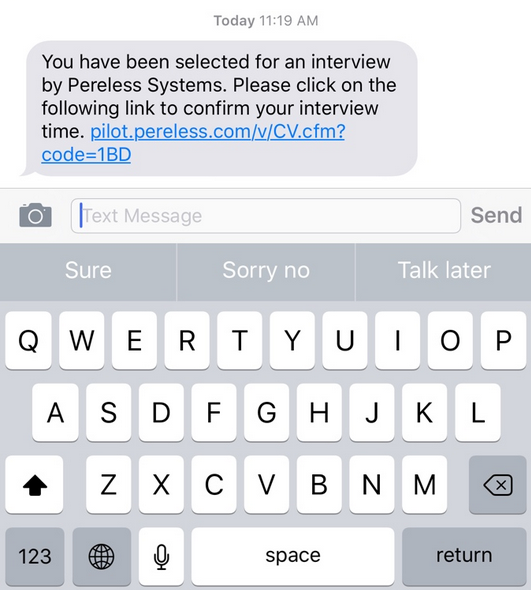
Pereless Systems text message interview invite
—
Pereless Systems builds all career pages and applications mobile-responsive by default. New Pereless clients get their first 5,000 text messages free! Request a demo today.



